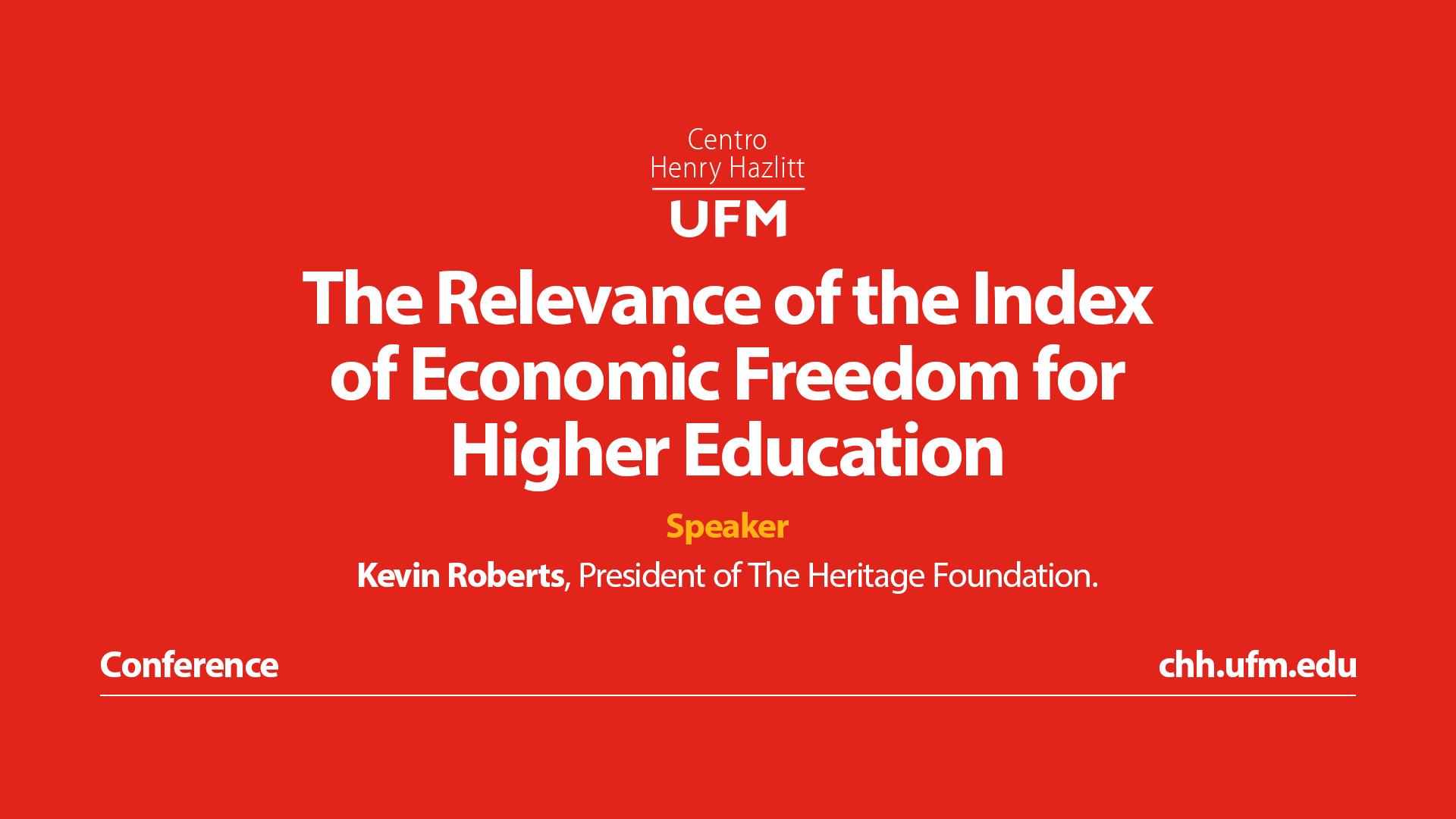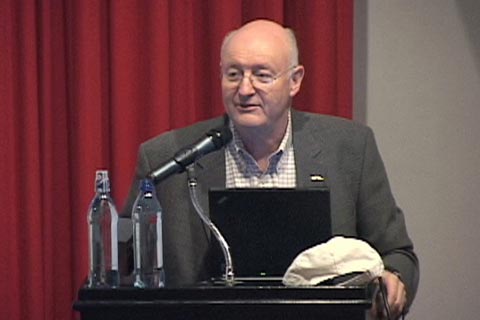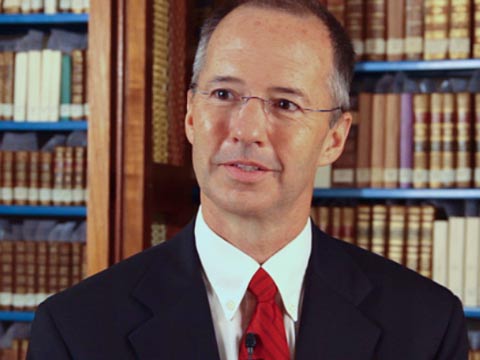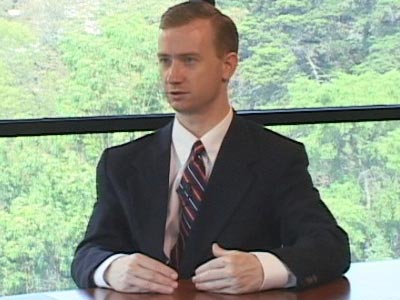About this videoIn this lecture, Dr. Michael Krauss uses the example of a car accident to compare strict liability and the negligence rule. In this case, he also takes into consideration the pedestrian's behavior, whether he walks or runs, and concludes that a negligence rule with contributory defense ensures the social optimum. Then, he analyzes the example of an accident resulting from an exploding product. By using game theory, Dr. Krauss explains that strict liability (consumer protection rights) and no liability produce the same inefficient, careless outcome. Under the negligence rule, however, both parties have incentives to take care. |
|
CreditsEconomic Analysis of Law and Public Choice (Part 7) | |











